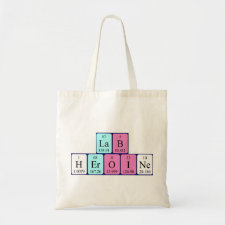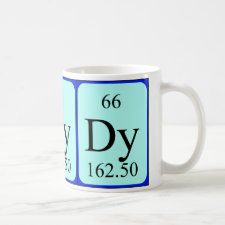
Authors: Zheng XD, Zhang Y, Bian TT, Zhang YZ, Li ZY, Pan JM
Article Title: Oxidized carbon materials cooperative construct ionic imprinted cellulose nanocrystals films for efficient adsorption of Dy(III).
Publication date: 2020
Journal: Chemical Engineering Journal
Volume: 381
Article Number: 122669.
DOI: 10.1016/j.cej.2019.122669
Alternative URL: https://www.sciencedirect.com/science/article/pii/S1385894719320728
Abstract: Selectively extracting high-value rare earth elements from scrap rare earth products is a measure that combines economic and environmental benefits. In this paper, TEMPO-mediated oxidation of cellulose nanocrystals (CNCs) acted as film units, oxidized carbon materials were involved in the cooperative construction of high-performance CNC composite films, and applied them for selective adsorption of Dy(III). The carboxyl groups on multi-walled carbon nanotube and graphene oxide provide additional binding sites with Dy(III), thereby achieving improvement on mechanical properties and adsorption performance. Based on the surface ion-imprinted polymers, stable imprinted structure sites were distributed on the surface of films, which could effectively improve adsorption capacity and selectivity. When pH was 4.0, saturated adsorption capacities of CNC films were in the range of 22.57-34.03 mg g-1. Further, in selective experiments, materials exhibited preferential adsorption for Dy(III) with a partition coefficient of 872.266 mL g-1. Reusability tests revealed film materials have a strong regeneration performance. Overall, the green, highly efficient and non-toxic CNC composite films are expected to provide a novel method for recycling REEs
Template and target information: dysprosium ion, Dy(III)
Author keywords: Cellulose nanocrystals, multi-walled carbon nanotube, Graphene oxide, Ion imprinted polymers



Join the Society for Molecular Imprinting

New items RSS feed
Sign-up for e-mail updates:
Choose between receiving an occasional newsletter or more frequent e-mail alerts.
Click here to go to the sign-up page.
Is your name elemental or peptidic? Enter your name and find out by clicking either of the buttons below!
Other products you may like:
 MIPdatabase
MIPdatabase









